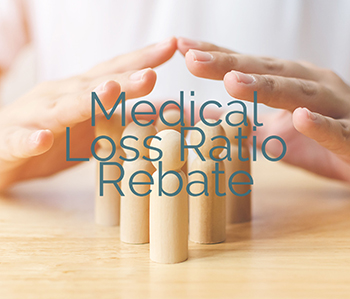
Here’s a question from an employer about paying the administrative expenses of a group health plan.
- Due to declining health care spending during the COVID-19 pandemic, we anticipate receiving a medical loss ratio rebate from our ERISA group health plan insurer. We contribute 60% toward premiums, and plan participants pay 40%. Can we use the rebate to pay plan administrative expenses?
- How you may use a Medical Loss Ratio (MLR) rebate, including a rebate resulting from a COVID-19-related decrease in health care claims, depends in part on whether the rebate belongs to the employer or the plan. The portion that belongs to the employer can generally be used for any purpose. But the portion that belongs to the plan — and constitutes a plan asset — must be handled in accordance with ERISA’s fiduciary responsibility rules and Department of Labor (DOL) guidance on permissible uses for MLR rebates.
Insurers must pay MLR rebates to policyholders if the insurer’s medical loss ratio — the cost of claims plus amounts expended on health care quality improvement as a percentage of total premiums — is less than a specified percentage. Whether the rebate is a plan asset depends on several factors, such as to whom the insurance policy is issued, the terms of the policy and other plan documents, and the manner in which the plan sponsor and participants share the cost of the policy. Since you indicate that the employer and participants each pay a fixed percentage of the premiums, a percentage of the rebate equal to the premium percentage paid by participants (that is, 40% in your case) would be considered plan assets (assuming no contrary indication in the policy and other documents).
ERISA’s plan asset rules require such assets to be held in trust unless the requirements of the DOL’s trust nonenforcement policy are satisfied. Accordingly, for insured plans, plan assets derived from participant contributions can only be used to pay premiums and must be forwarded to the insurer within certain timeframes. Further, insurance refunds that constitute plan assets must be returned to participants within three months of receipt. Therefore, an insured plan relying on the nonenforcement policy cannot pay administrative expenses from refunds that are plan assets.
This conclusion appears to be supported by Technical Release 2011-04 (issued by the DOL to help ERISA group health plans in handling MLR rebates), which doesn’t mention payment of plan administrative expenses among the approved uses for a plan’s MLR rebate. However, rebates can be used to reduce future premiums or enhance benefits. They can also be returned to participants but doing so will raise tax and administrative issues.
© 2020




